Category
Apple scab – Venturia inaequalis
Apple Scab on Leaves and Fruit
Causal Agent: Venturia inaequalis
Apple scab is the most widespread and economically significant disease of apples both globally and in our region. The disease leads to a reduction in both yield quantity and fruit quality. Given that apples represent the most intensively cultivated fruit species in Croatia, annual expenses for pest and disease control range between €1,000 and €1,500 per hectare, with apple scab alone accounting for approximately 50% of those costs. In fact, almost the entire plant protection program for apples is structured around managing this disease, with 15 to 20 fungicide treatments typically applied per season.
What Parts of the Tree Are Affected?
Apple scab primarily affects leaves and fruit, although young shoots and flowers may also be attacked under certain conditions.
Symptoms
On leaves, symptoms appear as dark olive to rusty-black circular spots with indistinct edges. These spots often merge, leading to leaf distortion and premature defoliation. On fruit, lesions develop into corky, cracked areas that significantly reduce market value.
Biology of the Fungus
The pathogen Venturia inaequalis overwinters in two primary ways:
-
As mycelium or conidia on the bark of heavily infected trees, often between bud scales or in crevices of young shoots.
-
In mild winters, these conidia may become active as early as February, infecting young leaves with the help of rain and wind during bud swelling.
-
Optimal germination temperature for conidia is 16°C, with relative humidity ≥90%.
-
-
As perithecia (sexual fruiting bodies) on fallen leaves, producing asci with eight ascospores each.
-
Perithecia mature in spring (March to May), gradually over time.
-
Their maturation coincides with bud swelling and opening.
-
The optimal temperature for ascospore development is around 4°C.
-
Rain is essential to trigger ascospore release. Without rainfall, perithecia won’t eject spores, even if mature.
-
Heavy rain causes perithecia to swell and release ascospores, which can travel 1–2 cm, then be carried farther by light wind, initiating primary infections.
-
Infection Conditions
The severity and incubation speed of infection depend on leaf wetness duration and temperature:
| Temperature | Wetness Duration | Infection Severity |
|---|---|---|
| 15°C | 9 hours | Mild |
| 15°C | 13 hours | Moderate |
| 15°C | 20 hours | Severe |
(Source: Prof. I. Ciglar)
Primary infection window:
-
Temperature range: 2–22°C
-
Leaf wetness: 9–50 hours
Impact on Trees and Fruit
-
Infected fruit remains small, deformed, and often develops cracks as it matures.
-
Young leaves are most vulnerable; initial infections are often visible there.
-
Severely affected apple varieties, such as Golden Delicious, Gloster, Mutsu, Gala, Braeburn, Granny Smith, have experienced complete crop loss in some seasons.
Apple Scab Management
Preventive Protection
Because young leaves are most susceptible, preventive treatment is critical during early developmental stages.
-
Copper fungicides (e.g., Nordox, Kocide, Champion, Cuprablau-Z, Champ F2) are recommended before flowering.
-
Systemic and contact fungicides (e.g., dithianon, pyrimethanil, cyprodinil, mancozeb) are used in the pre-flowering stage.
-
Strobilurins (e.g., Stroby DF, Zato WG) are applied during flowering.
-
Fungicides such as Chorus 75 WG, Delan 700 WDG, Chromodin S-65, and Stroby WG are also recommended from the “mouse ear” stage onward using the block method (two consecutive treatments).
⚠ Always consult the FIS register for a list of approved plant protection products, as availability and regulations may change.
Spray intervals: 5–7 days, depending on weather conditions.
Environmental and Cultivation Factors
-
April and May weather conditions (cool and wet) are most favorable for infection.
-
Dense planting increases the chance of spread, as trees are in close proximity.
-
If primary infections are prevented (usually by late June), the risk of secondary summer infections is minimal, especially under hot, dry conditions.
-
Later in the season, as apples mature, they become less susceptible to scab.
During the summer, 10–20 day spray intervals using protective fungicides are often sufficient for continued control.
Special Consideration for Pears
There is a key biological difference between apple and pear scab:
-
In pears, Venturia inaequalis overwinters in the bark of young shoots.
-
In early spring, conidia emerge directly from this overwintering mycelium, infecting young fruit during initial development.
-
Therefore, early protection of fruit is particularly important in pears.
Read more about bacterial fire blight
Read more about diseases of apple
Other products
-
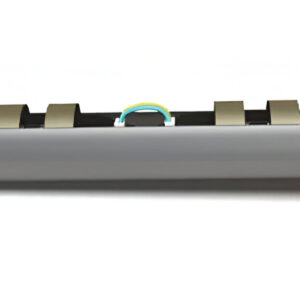
Hydrascout soil moisture probe
Hydrascout – Precizno praćenje vlage tla na više dubina Hydrascout sonda pru...
-
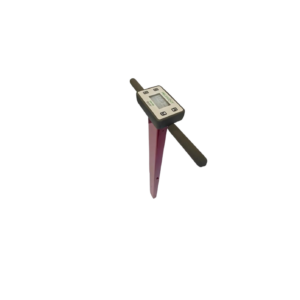
Mobile Soil Moisture Sensor – TDR 350 FieldScout
FieldScout TDR 350 je napredni mobilni senzor vlage tla koji omogućuje precizno...
-
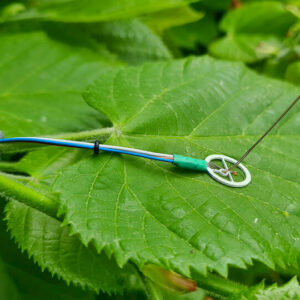
Other Ecomatik sensors
LAT-B3: Broadleaf Temperature and Air Sensor Our LAT-B3 sensor provides direct, ...
-
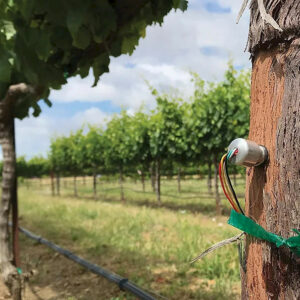
Plant water potential sensor
🌿 Plant Water Potential Sensor – FloraPulse Microtensiometer The FloraP...
-
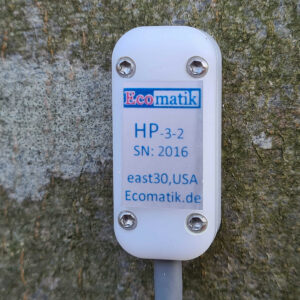
Sap flow sensors
🌿 Sap Flow Sensors – Accurate Monitoring of Liquid Flow in Trees The pr...
-
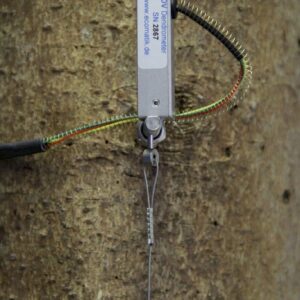
Dendrometer for measuring vertical changes – DV
The DV dendrometer is designed for precise and continuous measurement of vertica...
-
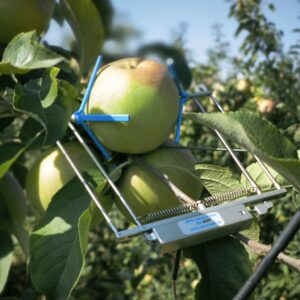
Dendrometer for fruits and vegetables – DF
DF series dendrometers are designed for precise and continuous measurement of fr...
-

Dendrometer for measuring the circumference – DC
DC series dendrometers are designed for precise and continuous measurement of ch...
-
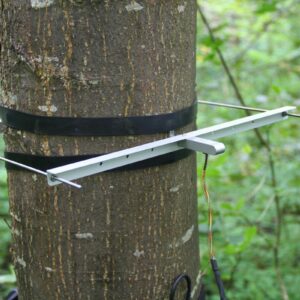
Dendrometer for measuring larger diameters – DD-L
DD-L dendrometers are devices designed for continuous and highly accurate measur...
-
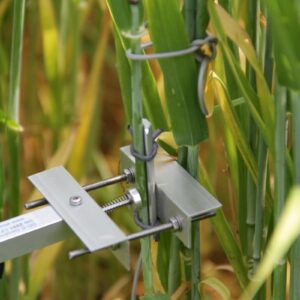
Dendrometer for measuring smaller diameters – DD-S
Dendrometer for Measuring Smaller Diameters – DD-S The DD-S series dendrometer...
-
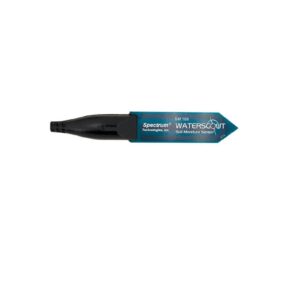
Soil moisture sensor (SM100)
The SM100 volumetric soil moisture sensor determines soil moisture using two ele...
-
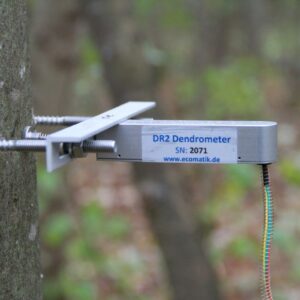
Dendrometer for radius measurement – DR
The DR series dendrometers are used for highly precise and continuous measuremen...






